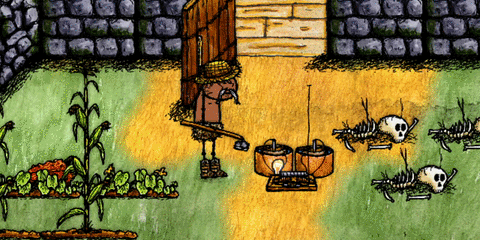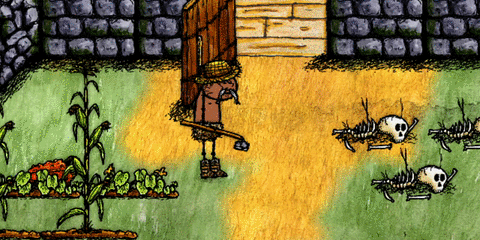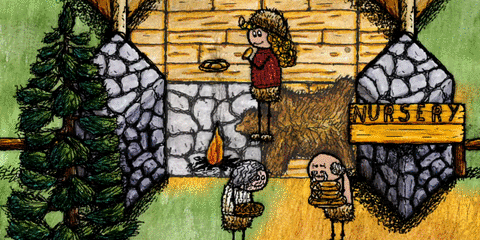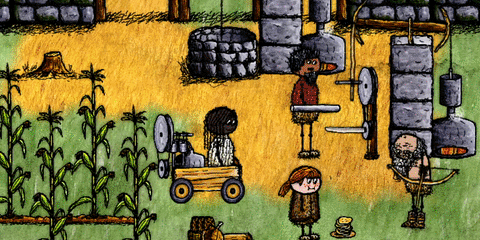
Feb 23, 2019
One Hour One Life - jasonrohrer

Turbo Map Load:
This update has tons of fixes and improvements. The biggest one is an overhaul to the way the map is loaded. You may have noticed that, in the past, the first time you loaded a map, it was pretty slow, but in later lives, it was very fast. This would be true even if you quit the game, as long as you didn't restart your computer.
And by "pretty slow" the first time, I mean very slow, depending on the state of your disk. 60 seconds or more wasn't unheard of, which meant that you were loading through a good portion of your childhood. This has gotten worse over time, as more sprites have been added. Subsequent map loads in future lives would be as fast as 4 seconds, thanks to caching.
Reading files from hard drives the first time is slow, there's no way around that. The game was designed with a lazy, as-needed approach to sprite loading, only keeping the sprites that are absolutely needed in VRAM, and flushing any sprites that haven't been drawn for over ten seconds. The idea was that, with 10,000 objects, all those sprites are never going to fit in texture memory. Maybe not, but we're not there yet, and the total size of all the sprites in the game is currently only about 56 MB. In busier map areas, almost all of these need to be loaded, so we're pretty much using that much texture memory anyway.
It turns out that reading 56 MB from disk isn't slow, generally, but when it's in 1800 separate files, caching prefetches can't help. Bundling all of these into one huge file makes it much faster, and so does compressing them (TGA files that have a lot of transparent borders are very compressible). These all fit, together, into just a single 6 MB file. Might as well load the whole thing at startup, which is what the game client is doing now. While we're at it, might as well do the same thing with the sound effects (which aren't at all compressible, but still benefit from being in one big file together for caching reasons).
So by the time you get around to "map loading," after logging in, there's really nothing to load. This means that a progress bar isn't even needed--it's that fast (most of the "3 seconds" quoted above are spent finding the server and connecting to it).
And thinking about the future, we're definitely not going to have 10x more sprites than we do right now, and that worst case would be 560 MB, which still would fit in the VRAM of some pretty old graphics cards. It might actually be okay to always preload all sprites.
This isn't entirely free, because the compressed glob file has to be made somehow. Given that, between sprites and sounds, this represents about 25 MB currently, and given that these files will change with every update, building them server-side would dramatically balloon the download sizes of the weekly updates.
So, your client rebuilds these, one time, after every update. This can take a bit of time, maybe up to a minute, depending on your hard drive, but after that, the game will load quickly. And furthermore, this process happens before you even login, so it has no impact on your map loading experience.
Okay, what else changed? Too much to list in detail here.
Everything after v199 here:
https://github.com/jasonrohrer/OneLife/blob/master/documentation/changeLog.txt
Everything on February 22, 2019 here:
https://github.com/jasonrohrer/OneLifeData7/commits/master
All reported and reproducible code bugs on GitHub have been fixed now. I'm still in the process of working through all the content bug reports.
















